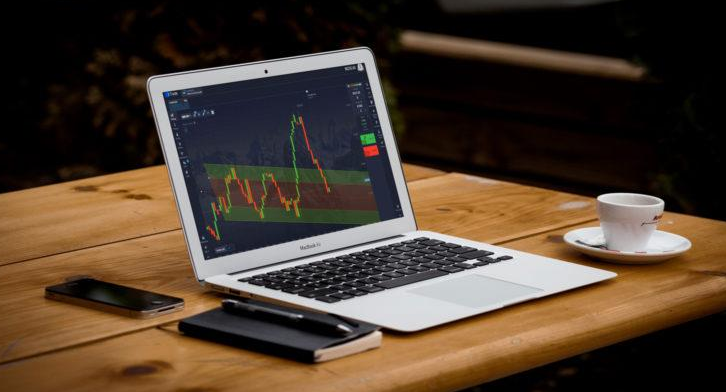
Enhancing Trading with Pocket Option Awesome Oscillator
In the world of financial trading, having the right tools can significantly impact your success. One such tool that traders widely use to glean market insights is the Pocket Option Awesome Oscillator. This article delves into the capabilities and applications of this remarkable indicator, helping traders make informed decisions.
Understanding the Pocket Option Awesome Oscillator
The Pocket Option Awesome Oscillator is a market momentum indicator that reflects the dynamics of asset prices to aid traders in identifying market trends. It was developed by Bill Williams, a renowned trader and author, as part of his comprehensive trading system. The indicator provides insights into market momentum by calculating the difference between two simple moving averages, a 5-period and a 34-period, based on the midpoints of price candles.
Visualized as a histogram, the Awesome Oscillator measures the momentum of a stock or asset, allowing traders to perceive the prevailing trend’s strength. A positive value typically indicates a bullish trend, while a negative value can signal a bearish trend. Consequently, traders can use this information to anticipate potential price movements.
Key Features of the Awesome Oscillator
The Awesome Oscillator comes with a range of features that make it a valuable tool for any trader’s toolkit:
- Simple to Use: With a straightforward calculation and easy-to-interpret histogram, the Awesome Oscillator is accessible even to beginner traders.
- Identifying Market Momentum: By observing the oscillator’s histogram, traders can determine the direction and strength of market momentum.
- Crossover Signals: The indicator provides crossover signals that suggest potential reversals in market trends, helping traders to buy or sell accordingly.
- Versatile for Multiple Time Frames: The Awesome Oscillator can be applied across various time frames, making it suitable for day trading, swing trading, and long-term investing.

Using the Awesome Oscillator in Trading
Traders incorporate the Awesome Oscillator into their strategies in different ways. Here are some common techniques:
Zero Line Cross
One straightforward method is using the zero line cross. When the histogram crosses above the zero line, it may signal a buying opportunity as the market could be shifting to an upward trend. Conversely, when it crosses below the zero line, it may indicate a selling opportunity.
Twin Peaks
The twin peaks strategy looks for two consecutive peaks in the histogram that are positioned either below or above the zero line. If the second peak is less than the first peak and both are below the zero line, it could be a signal to buy. Conversely, if the peaks are above the zero line with the second peak higher, it could be a sell signal.
Saucer
The saucer method identifies potential reversals within an existing trend. A bullish saucer forms when the histogram is above the zero line but starts declining, forming a saucer shape, and then rises again. A bearish saucer occurs below the zero line.
Combining with Other Indicators
The reliability of the Awesome Oscillator’s signals can be enhanced by using it alongside other technical indicators such as moving averages, the Relative Strength Index (RSI), or the MACD. Combining indicators offers a more comprehensive view, helping to confirm signals and reduce false positives.
Potential Drawbacks
While the Pocket Option Awesome Oscillator is a powerful tool, it’s not without limitations. Since it’s a lagging indicator, it may not always provide timely signals in rapidly changing markets. As with any tool, its effectiveness hinges on the context and the trader’s experience. Thus, it’s advisable to use the Awesome Oscillator as part of a broader trading system.
Concluding Thoughts
The Pocket Option Awesome Oscillator is a vital component of modern trading strategies, providing valuable insights into market momentum and trends. By understanding and correctly implementing this indicator, traders can enhance their decision-making processes and potentially improve their trading outcomes. However, like many tools in technical analysis, its greatest strength lies in complementing other analysis methods for a more robust approach to financial markets.
MAR

About the Author